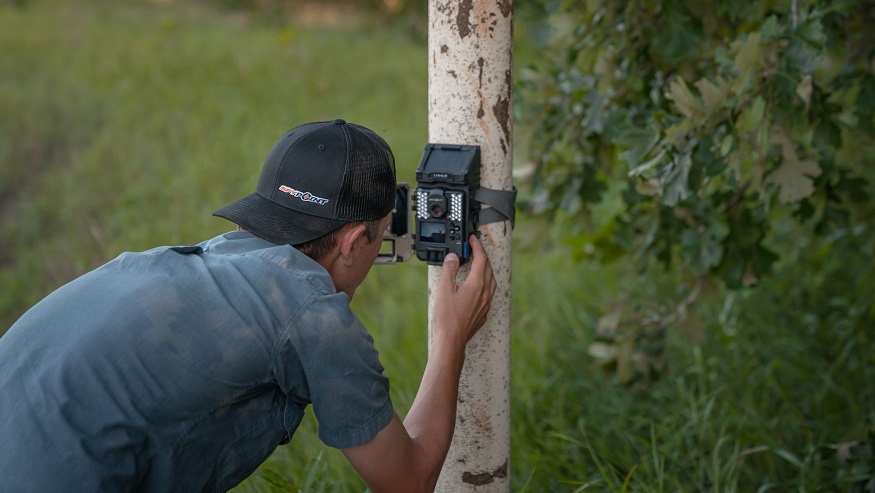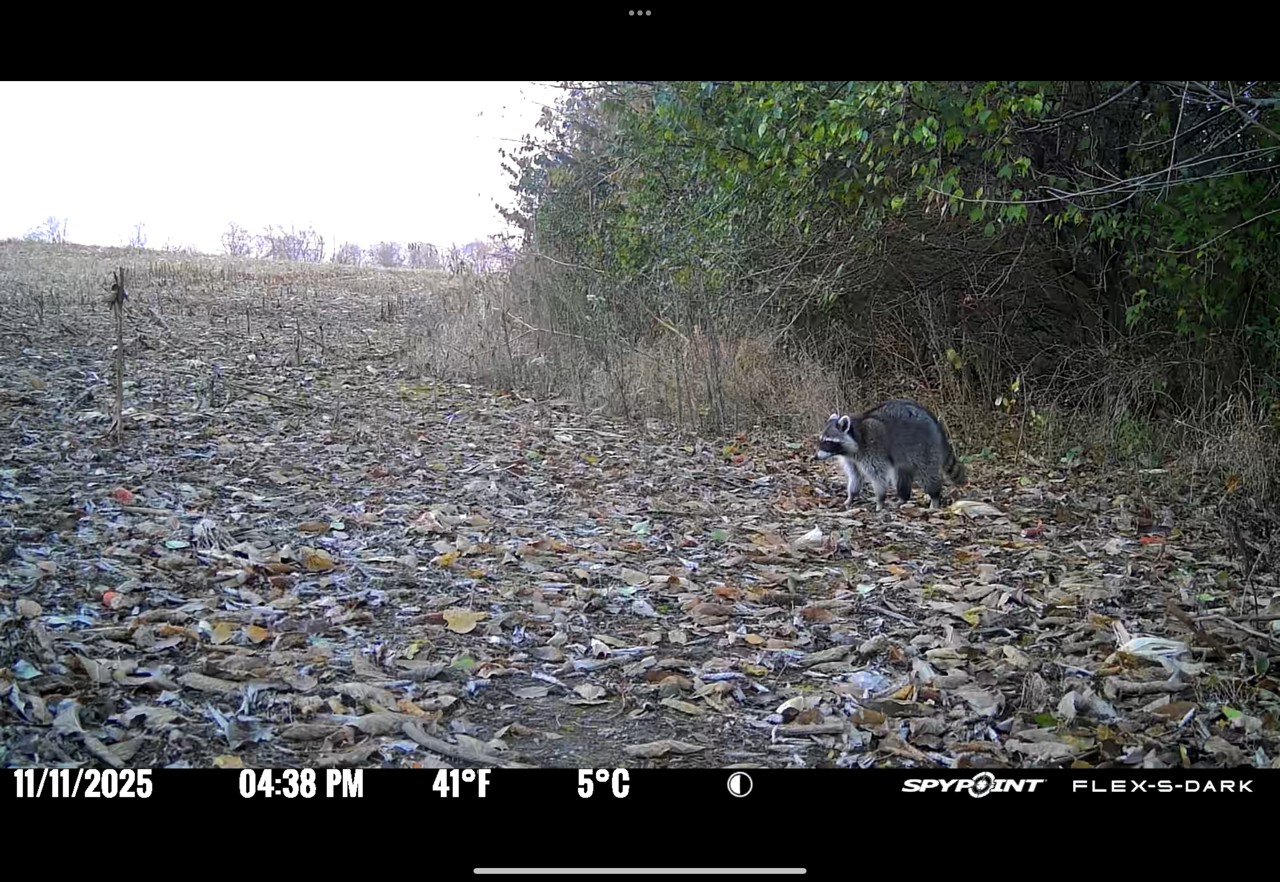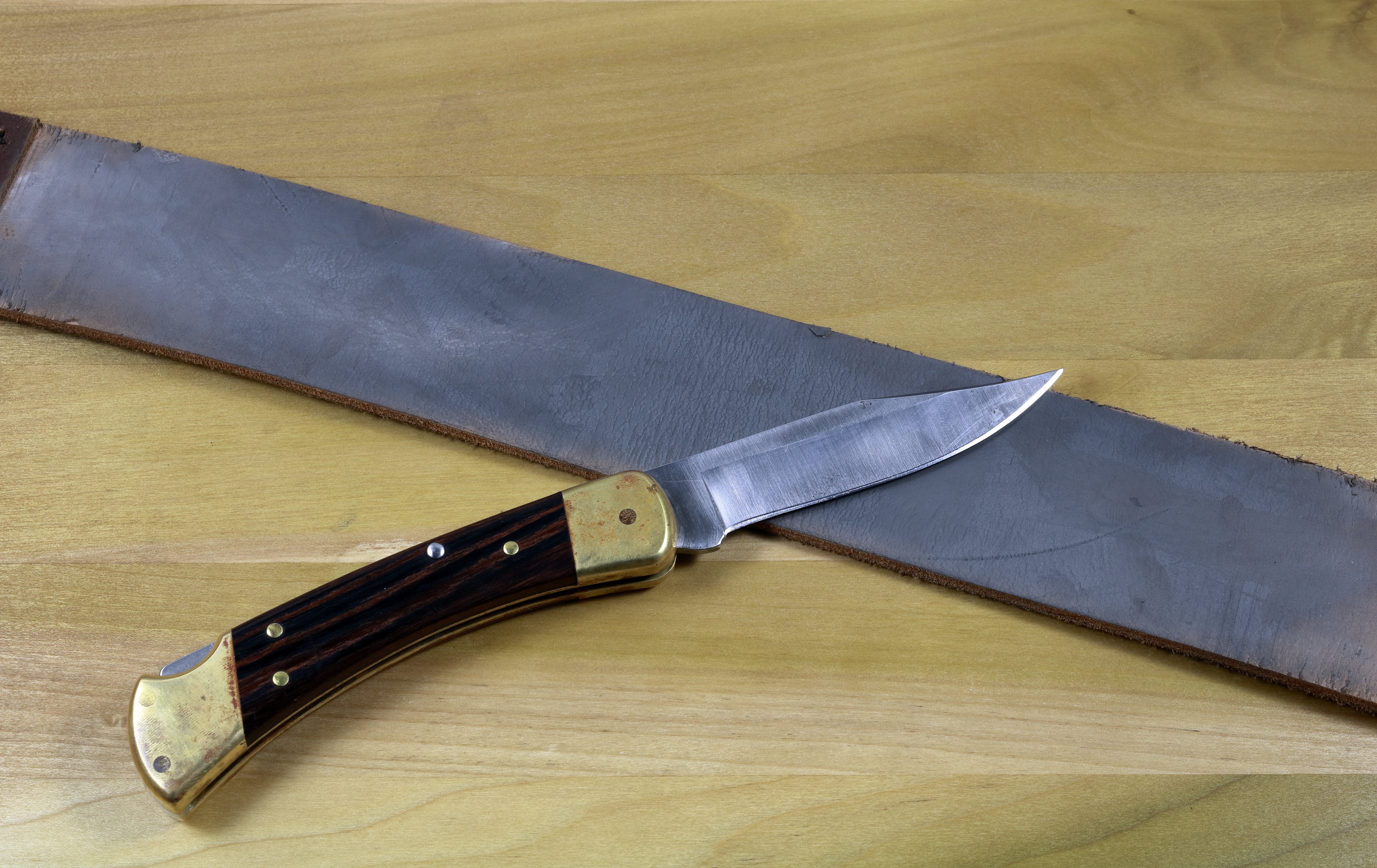
Making the move to cellular trail cameras can be intimidating, but there’s no reason that it has to be. The cameras themselves work just like non-cellular cameras, but can save you time and money by allowing you to view your images without making trips to pull cards. When users have questions, it usually revolves around the way cellular trail cameras interact with the cellular network. Having a basic understanding of how they do that can not only help you make the right decisions when buying or placing cameras, it can also save you headaches down the road.
NETWORK CONSIDERATIONS
To start to understand this, let’s address a couple important points right away. The most important thing we need to understand is that a cellular trail camera will always be subject to the quality of the cellular network in the area. While the device may be able to talk to multiple types of networks, it isn’t bringing a new tower into the area with it. Expecting flawless execution from any cellular device in an area where the signal quality is marginal, will leave you disappointed.
The next thing we need to understand, especially when it comes to SPYPOINT cellular devices, is that your device may have multiple network options or towers from which to choose. The Nationwide carrier model from SPYPOINT, for example, can connect to towers from multiple national cellular carriers. A SPYPOINT cellular scouting device is always going to prioritize the most capable signal in the area, that provides that fastest transmission speeds.
Currently, all SPYPOINT mobile scouting devices are LTE-capable. While they are capable of connecting to multiple networks, they will always work to be on the most capable network that provides you with the best performance in the field, saving battery life and getting you your images in a reliable manner.
Now that we understand how the devices take advantage of the local networks, we can make the best decision when purchasing a carrier model and also take those things into consideration when putting a camera in the field.
If you know you have a reliable signal with a given carrier, that is absolutely the carrier model you should use for the camera or device on that property, regardless of what your personal carrier is for your phone. Remember, since the photo transmission plans are purchased through SPYPOINT, your personal carrier doesn’t factor in that decision.

Not only that, but don’t settle for a weak signal. If the first tree you put the camera on has marginal signal, try moving just a little, you might be surprised how much it can affect signal strength. Having a consistent three bars, rather than two bars, will improve transmission reliability and battery life. If you just can't get the signal quality you are after with the camera alone, you can always add a CA-01 Signal Booster. This passive antenna can help improve signal quality in a marginal area, hopefully enough to reduce battery strain and help get your images out.
You can learn more about carrier models and signal strength by visiting our coverage overview.
NETWORK EVOLUTION
Now let’s take a moment to talk about the readily available networks. The networks people are most familiar with or have heard about are 3G, 4G, LTE, and recently 5G. SPYPOINT cameras operate on LTE networks, because these are the most widely available. While 5G and the 3G sunset have gotten a lot of publicity lately, and how mobile scouting devices will be affected, nationwide 5G coverage is still a way off.
Think about some of your hunting properties where you likely have spots that still don’t have reliable 3G service, it won’t magically be 5G-ready anytime soon. Cellular networks are always evolving, and the evolution always starts in the most densely populated areas. Mobile scouting devices are NOT most often used in these areas that quickly adopt the latest technology.
SPYPOINT is working to ensure that our products are compatible with the widest range of networks available, for as long as possible, so these devices can serve you for years to come.
Hopefully, with a little better understanding about how these devices use the available network in your hunting location, you can spend less time worrying about cellular performance, and make the most informed purchasing decision to select the unit that will work best where you need it.



